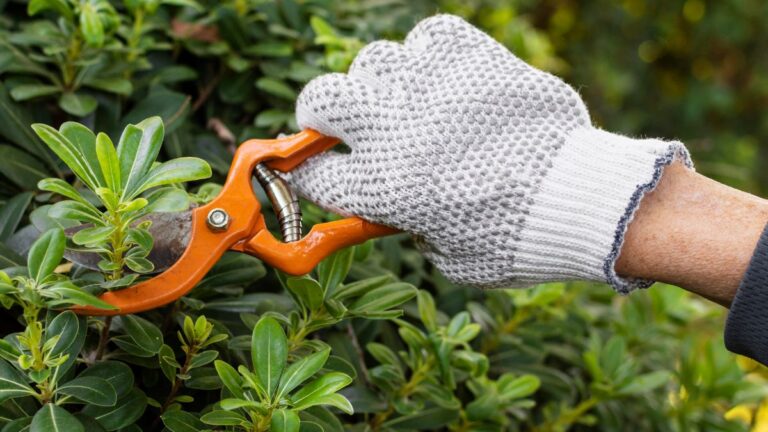Pruning is not just a basic landscaping task; it combines science, design, and horticultural expertise to enhance the health and appearance of plants. Regular pruning improves sunlight access, shapes growth patterns, and prevents potential hazards. Consulting tree care experts Rock Hill SC, can provide tailored strategies for different species, making pruning an integral part of a larger landscape plan. Research shows that strategic pruning can reduce plant diseases and promote healthier foliage, resulting in vibrant gardens and sustained landscape value.
Why Trees And Shrubs Need Regular Attention
Trees and shrubs require regular care to thrive, as they can develop dense branches that block airflow and create conditions for disease. Excessive growth can also hinder flower and fruit development. Regular pruning addresses these issues by thinning crowded areas, promoting stronger structure, and ensuring adequate light and air for the plants. Hiring an arborist tree service can help ensure pruning is done correctly and at the right time for each species. Well-pruned trees tend to show better leaf color, produce more blooms or fruit, and recover more quickly from environmental stresses, making regular inspections and pruning worthwhile for maintaining a healthy landscape.
Common Mistakes To Avoid When Pruning
Pruning is straightforward, but mistakes can harm a landscape’s health and beauty. Key errors include pruning at the wrong time, being overly aggressive, and using improper techniques, which can lead to plant shock, disease, or rot. To avoid these issues, it’s important to use clean, sharp tools for smooth cuts, prune conservatively, and reassess after new growth. Patience and good technique are crucial for maintaining a healthy and attractive garden.
Scientific Insights: Pruning And Plant Health
Pruning promotes healthy plant growth by directing resources to necessary areas, resulting in bushier trees and shrubs with less internal competition. Research shows that removing diseased or overcrowded growth enhances air circulation, reducing infection risks. Proper pruning can increase fruit quality and yield by up to 30% for fruit trees. Landscape trees also benefit from improved resilience during storms and seasonal appearance. Additionally, neighborhoods with regular pruning experience fewer power outages and property damage from falling branches, highlighting this practice’s safety and community benefits.
Seasonal Tips For Successful Shrub And Tree Pruning
Understanding seasonal pruning is vital for plant health. Dormant pruning in late winter or early spring helps shape trees and encourages growth. For spring-flowering shrubs, wait until after blooming to prune, while evergreens can be lightly shaped in mid to late summer. Vines and hedges may have specific needs, and local climate influences timing. Consulting local garden experts can offer tailored advice, ensuring proper pruning promotes strong plant growth and minimizes stress.
DIY Or Professional: When To Call For Help?
Homeowners can often handle routine pruning of small trees, shrubs, and young plants with some research and basic tools, enhancing garden health without extra costs. However, professional help is recommended for mature trees, those near structures or wires, and issues like large branches or pests. Combining DIY care with expert assistance ensures a well-maintained landscape, as homeowners manage light pruning while specialists address more complex tasks, benefiting from their knowledge of local conditions.
Environmental And Community Benefits
Pruning trees offers benefits beyond private property, contributing to biodiversity, safety, and public property value. Healthy trees prevent erosion, provide habitats for wildlife, and are less likely to suffer storm damage, thereby protecting property. Additionally, a single large tree can absorb significant carbon dioxide, improving air quality and urban cooling. Communities with active tree care programs often experience increased property values and more attractive spaces. Homeowners are crucial in maintaining their landscapes and fostering a healthier, more sustainable community.
Best Practices For Long-Term Landscape Success
Beautiful and resilient landscapes require consistent care, including a regular pruning schedule that suits your yard’s species. Using clean, sharpened tools and disposing of branches properly ensures a tidy process. Annual reviews of best practices help you stay informed about local regulations, particularly regarding protected trees. Whether caring for a single tree or extensive hedges, combining personal attention with professional guidance leads to valuable outdoor spaces that strengthen connections between people and nature.

